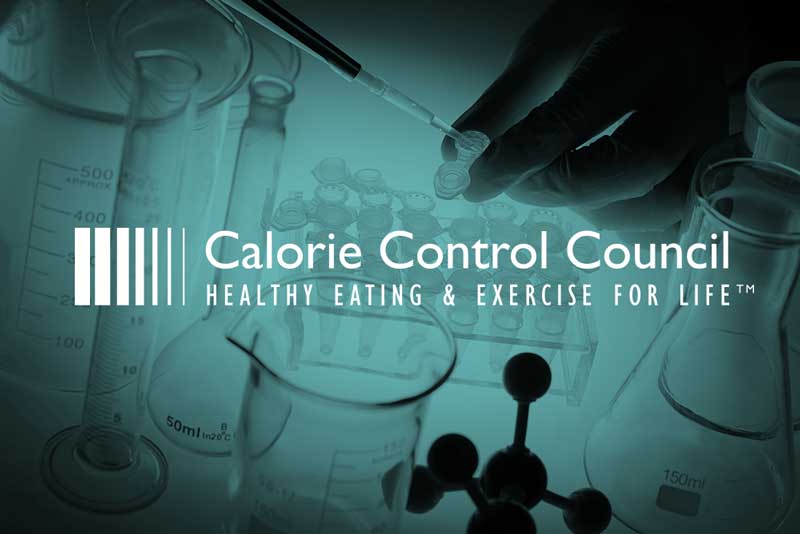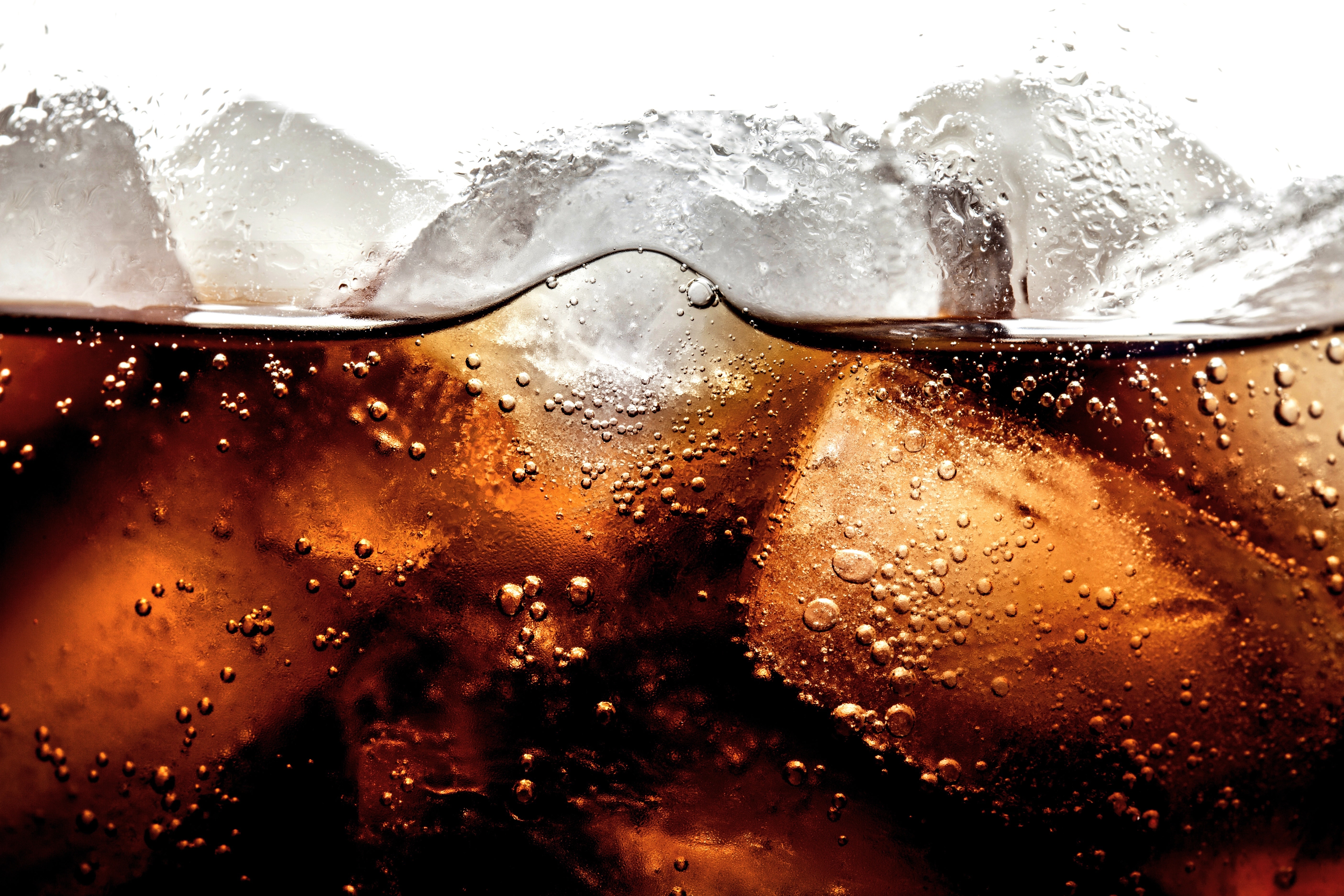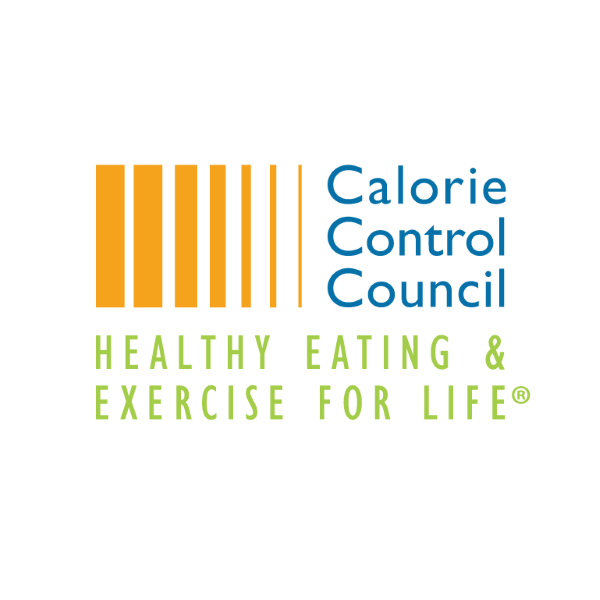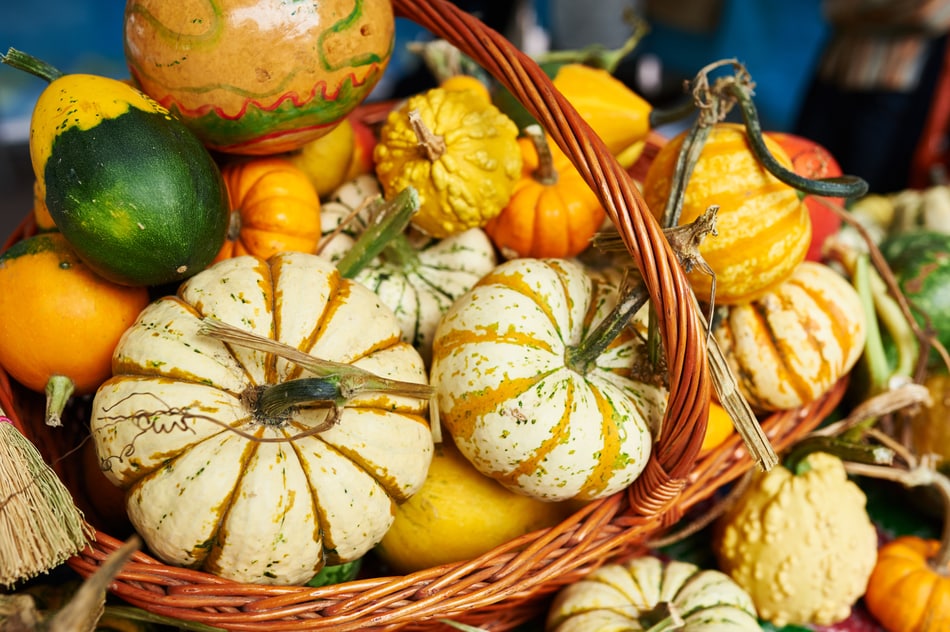Protected: December 2017
Calorie Control Council Alerts:
- Cook County Sweetened Beverage Tax Expires
- Seattle Soda Tax Takes Effect and Excludes Diet Soda
- Business Leaders Criticize Philadelphia Sugar-Sweetened Tax
- Monroe County Approves 1% Food and Beverage Tax
- FDA Requests Comments on Proposed Collection of Information for Calorie Labeling in Vending Machines
- FDA Discontinues Food Advisory Committee
- USDA Releases Documents from DGA Listening Session
- High Industry Costs Predicted for Canada’s Proposed FOP Labels
- Montreal Plans to Phase out Sugary Drinks in City Buildings
- South Africa to Tax Sugary Drinks
- EFSA Releases New Intake Tool
- Study Suggests Warning Labels Can Help Reduce Soda Consumption and Obesity
- SHAPE Magazine Advises Consumers on Sweeteners
- President Trump’s “12 Diet Cokes-a-day” Story Goes Viral
- CCC Promotes Rogers Research Highlighting LCS Benefits
- Groups Endorse Sugar Tax in Alberta, Canada
- Canada’s Balance Calories Initiative Proves to be Successful
- New Mexico Senator Proposes Soda Tax Study
- Consumer Trends in 2018
US Policy and Regulatory Updates
Cook County Sweetened Beverage Tax Expires
As reported by Food Navigator, the sweetened beverage tax in Cook County, Illinois officially expired on December 1 after being repealed in October. According to the Can the Tax coalition, the county was the largest municipal government in the US to pass a sweetened beverage tax and the first to repeal one. The article notes that other cities, including Tacoma and Spokane, Washington have rescinded plans for a sweetened beverage tax due to similar concerns and opposition prompted by the Cook County tax.
Seattle Soda Tax Takes Effect and Excludes Diet Soda
According to a December 27 article published in USA Today, Seattle will now implement a 1.75 cents-per-fluid ounce tax on the distribution of sodas and other sweetened beverages such as sports drinks and energy drinks. Distributors will be required to pay this tax, but it is predicted that some of the cost will be passed on to consumers. It should be noted, however, the tax exempts diet drinks and sweetened products from certified manufacturers with gross revenue of less than $2 million. Manufacturers with revenue over $2 million but less than $5 million will face a reduced 1-cent-per-fluid ounce tax.
Business Leaders Criticize Philadelphia Sugar-Sweetened Tax
According to a December 4 article published by The Heartland Institute, local business leaders are criticizing Philadelphia’s excise tax on sugar-sweetened beverages implemented in January 2017. The 1.5 cents-per-ounce tax on soda, low-calorie soft drinks, and other non-alcoholic drinks containing low-calorie sweeteners, has been paid by business owners. Critics of the tax claim that customers are leaving the city to shop now because they don’t want to pay the tax inside the city, and that it is more difficult for small businesses such as independent grocery stores to stay in business.
Monroe County Approves 1% Food and Beverage Tax
According to Indiana Public Media, those purchasing food or beverages in Monroe County, Indiana will now pay a 1 percent food and beverage tax starting on February 1. The tax was approved by the county council with a 4-3 vote on December 13. Funds from the tax will go towards a long-awaited expansion of the county’s convention center, and money generated from the tax outside of Bloomington city limits will be used for economic and tourism-related investments in Monroe County.
FDA Requests Comments on Proposed Collection of Information for Calorie Labeling in Vending Machines
In accordance with the Paperwork Reduction Act of 1995 (PRA), FDA has published a notice in the Federal Register on December 12 announcing an opportunity for public comment on the information collection provisions for calorie labeling of articles of food in vending machines. In the notice, FDA estimates the estimated annual reporting and third party disclosure burdens to comply with the final rule on vending machine labeling and requests comments on various aspects of the information collection. The final rule on calorie labeling of articles of food in vending machines can be found here.
Comments on the proposed collection of information are due to the FDA by February 12. As these types of notices are largely administrative in nature and CCC has not commented on this particular rule in the past, we do not plan to comment on this notice unless otherwise advised by Friday, January 19.
FDA Discontinues Food Advisory Committee
In a Constituent Update, FDA announced that it will be discontinuing the Agency’s Food Advisory Committee as of December 12, 2017, noting that due to the Committee’s lack of meetings since 2015, there is no longer a justified need for it.
The Agency will now instead turn to the FDA Science Board, the Risk Communication Advisory Committee and elsewhere for expert advice. FDA will continue to solicit broad public and expert input through its stakeholder engagement program.
USDA Releases Documents from DGA Listening Session
As noted in last month’s Alert, the U.S. Department of Agriculture (USDA) held a closed listening session on November 28 to receive input from industry regarding the process of updating the Dietary Guidelines for Americans (DGA). The transcript has now been made public on USDA’s Center for Nutrition Policy and Promotion (CNPP)’s website here. Comments submitted as part of the listening session can be found here.
International Policy and Regulatory Updates
High Industry Costs Predicted for Canada’s Proposed FOP Labels
According to a Food Chemical News article published December 6 (subscription required), U.S. food companies, especially those in the dairy sector, are worried about the costs involved in complying with Canada’s mandatory front-of-pack (FOP) labels by 2021 in order to sell or export products there. Under the new labeling mandate, food manufacturers will have to FOP symbols to warn consumers if a product contains more than 15% or more daily value in prepackaged foods, and 30% or more for prepackaged meals, for sodium, saturated fat, or total sugars. Though the look of the symbols has yet to be finalized, Health Canada so far has identified four possibilities, which include a combination of octagons or triangles with text and exclamation points to convey the message to consumers. All of these options, industry is concerned, will be seen as over-simplified warning signs by consumers, and detract from the benefits of nutrient-dense foods such as milk. In addition to the proposed FOP label mandate, Canada also finalized a number of nutrition label changes that would all go into effect in 2021, including updating Daily Values, adding and deleting nutrient declarations, making serving sizes consistent, and applying new requirements for how sugar ingredients should be listed on nutrition labels.
The article notes that Canada is not the only country that has implemented or is considering the use of FOP labels and symbols:
- In 2016, Chile began using octagon-shaped symbols resembling stop signs to highlight packaged foods high in calories, saturated fat, refined sugars, or sodium.
- The UK currently uses a voluntary “traffic light” system that ranks foods based on total fat, saturated fat, sugars, and sodium.
- Australia and New Zealand use a five-point graded system to indicate whether a food is more or less healthy.
- In the US, FDA has expressed interest in adopting FOP labeling, and in 2011 the Institute of Medicine recommended that the Agency “develop, test, and implement a single, standard FOP symbol system to appear on all food and beverage products, in place of other systems already in use.”
Though Canada’s new efforts could inspire FDA officials to go back to the issue of FOP labels, it’s difficult to predict if it will be a priority in light of the current administration’s emphasis on regulatory reform.
Montreal Plans to Phase out Sugary Drinks in City Buildings
According to a December 11 article published by a Canadian news outlet, Montreal’s mayor is backing a plan to phase out sugary drinks in city buildings, such as arenas and pools. Mayor Valerie Plante states, “We would like to offer other things other than drinks that are high in calories and sugar.” However, the article does not explicitly indicate how Montreal plans to handle low and no-calorie versions of those drinks.
The Western Star reports that the motion to ban sports drinks, energy drinks, and flavored water from city buildings passed on December 11 by a 54-5 margin.
South Africa to Tax Sugary Drinks
As reported by Reuters on December 27, South Africa plans to implement a 2.1 cents-per-gram of sugar tax on drinks where sugar content is above 4 grams per 100 milliliters. The tax is set to go into effect in April 2018. The article also notes the universality of taxing sugary drinks in soda, stating that Thailand moved ahead with a similar tax in September, while Mexico previously introduced one in 2014, and the UK is planning to roll out a similar levy.
EFSA Releases New Intake Tool
On December 4, the European Food Safety Authority (EFSA) announced the release of their exposure assessment tool – the Food Additives Intake Model (FAIM). The tool estimates the mean and high level exposure to food additives for different population groups in several European countries, and is based on data collected from Member States from the EFSA Comprehensive European Food Consumption Database. FAIM can be used prior to submitting data to EFSA in order to judge if usage of the ingredient will raise concerns.
The intake tool is free to use, but requires prior registration to access. To register, email [email protected] and include your name, email address, and affiliation.
Publication Updates
Study Suggests Warning Labels Can Help Reduce Soda Consumption and Obesity
As reported in Newswise, a new study released on December 14 used computerized simulations of grocery shopping in three US cities – Baltimore, San Francisco, and Philadelphia – with models that could be compared to a computer game like “SimCity.” Researchers of the study, conducted by Johns Hopkins Bloomberg School of Public Health, found that warning labels in locations that sell sugary drinks reduced both obesity and overweight prevalence in all three cities. In Baltimore, obesity prevalence was reduced by 1.69%, in San Francisco the reduction was 4.08%, and in Philadelphia, obesity was lessened by 0.36%.
The study is instrumental for two reasons. First, the computer modeling researchers used can help design and safely test sustainable interventions and policies before rolling them out in real life, thus saving considerable time, money and effort. Second, results from this study could help policymakers and other decision makers understand the potential effects of implementing sugary-drink warning labels.
SHAPE Magazine Advises Consumers on Sweeteners
In the December issue of SHAPE, the article titled “What You Need to Know About the Latest Alternative Sweeteners” posed the question of whether emerging sweeteners are healthy. The article recommends that consumers choose a sweetener for taste, and look for vitamins elsewhere. According to the author, the trendiest sweeteners this year will be date syrup, sorghum syrup, palmyra jiggery, brown rice syrup, stevia, coconut sugar, monk fruit, and yacon root.
Council Updates
Paid Ad Campaigns
President Trump’s “12 Diet Cokes-a-day” Story Goes Viral
On December 12, CNN released a story and TV segment and The New York Times published an article exposing that President Trump drinks 12 cans of Diet Coke every day. The story broke headlines, and inspired a slew of other media outlets to publish their own iterations, including opinions of dietitians and other health experts. In response, CCC staff took a three-pronged approach and deployed a paid ad campaign to bolster awareness of the benefits of diet soda and address the criticisms of alleged health problems, engaged in targeted media outreach with a statement from CCC, and reached out to other associations to coordinate an industry-wide strategic approach.
CCC Promotes Rogers Research Highlighting LCS Benefits
In response to a recent review by Peter J. Rogers (University of Bristol) that found low-calorie sweeteners can reduce sugar and calorie intake, a promotion was launched by the Council through industry e-newsletter, SmartBrief for Nutritionists, with 17,000 individuals (mostly registered dietitians) opening and viewing the Council’s message.
Groups Endorse Sugar Tax in Alberta, Canada
According to an article published December 7 on a local Canadian news outlet, Alberta, Canada is receiving attention for a proposed sugar tax. The tax is being promoted by the Alberta Policy Coalition for Chronic Disease Prevention, who commissioned a study titled “The Health and Economic Impact of A Tax on Sugary Drinks in Alberta,” which cites studies on the connection between artificially sweetened beverages and type 2 diabetes. The group says that Alberta consumers drink more sweetened drinks than the national average, and thus sees a tax as a policy tool to help curb the issue. According to the coalition’s Dr. Kim Raine, “20 percent seems to be exactly where you’re going to get the biggest impact on decreasing consumption, so 20 percent is what the World Health Organization is recommending as an appropriate level of taxation.” Though there is no timeline stated for the proposed tax, the coalition comments that now is the time, and they don’t want to “let another year go by.”
Canada’s Balance Calories Initiative Proves to be Successful
According to a press release in Business Insider, the Canadian Beverage Association’s Balance Calories Initiative (BCI) has shown an unprecedented 10.2% reduction in calories in its first two years. The BCI’s 2017 Tracking Report was prepared by The Conference Board of Canada, and can be found here. Data in their report corroborates this reduction of almost 30% in calories consumed per capita/per day since 2004.
BCI is a voluntary initiative that was launched in 2015, with the goal of reducing calories consumed from non-alcoholic beverages per capita/per day by 20% by 2025.
New Mexico Senator Proposes Soda Tax Study
As reported on December 27 by a Santa Fe news outlet, Senator Jerry Oritz y Pino (D-Albuquerque) introduced a joint memorial calling on the Legislative Finance Committee to conduct a study on the potential benefits as well as potential negative impacts from a state-wide soda tax. However, Governor Susana Martinez (R) is in opposition to the study, stating “I promised you that I would not raise taxes and I’ve kept my word.” Last year, New Mexico voters voted against the tax, and another future soda tax vote is not predicted.
CCC staff will continue to monitor state and local soda tax matters such as this.
Consumer Trends in 2018
Predictions for this year’s diet and nutrition trends is a common topic amongst media this time of year. According to Supermarket News, consumers will continue to prioritize clean eating, plant-based diets through 2018. However, according to Today’s Dietitian’s “What’s Trending in Nutrition” survey, which polled 2,050 registered dietitians, the ketogenic diet, which emphasizes low-carbs, high fat, and high protein, will increase in popularity, and surpass the paleo diet. Dietitians’ top recommendations for 2018 will be to limit processed foods, increase fiber intake, keep a food journal, and choose non-caloric beverages.





 Keri Peterson, MD is a medical contributor and columnist for Women’s Health and a frequent guest on NBC’s Today, ABC’s Good Morning America, Fox News and CNN. Based in New York City, Dr. Peterson has been in private practice since 1999 and holds appointments at Lenox Hill Hospital and Mount Sinai Medical Center. With a BA from Cornell University and a Medical Degree from Mount Sinai School of Medicine, she completed post-graduate training in Internal Medicine at New York’s Mount Sinai Medical Center and is board certified in Internal Medicine. Dr. Peterson is a member of the American College of Physicians and the American Medical Association, and serves as a medical advisor for the Calorie Control Council.
Keri Peterson, MD is a medical contributor and columnist for Women’s Health and a frequent guest on NBC’s Today, ABC’s Good Morning America, Fox News and CNN. Based in New York City, Dr. Peterson has been in private practice since 1999 and holds appointments at Lenox Hill Hospital and Mount Sinai Medical Center. With a BA from Cornell University and a Medical Degree from Mount Sinai School of Medicine, she completed post-graduate training in Internal Medicine at New York’s Mount Sinai Medical Center and is board certified in Internal Medicine. Dr. Peterson is a member of the American College of Physicians and the American Medical Association, and serves as a medical advisor for the Calorie Control Council.
 Rosanne Rust MS, RDN, LDN is a registered, licensed dietitian-nutritionist with over 25 years experience. Rosanne is a paid contributor to Allulose.org. As a
Rosanne Rust MS, RDN, LDN is a registered, licensed dietitian-nutritionist with over 25 years experience. Rosanne is a paid contributor to Allulose.org. As a 




